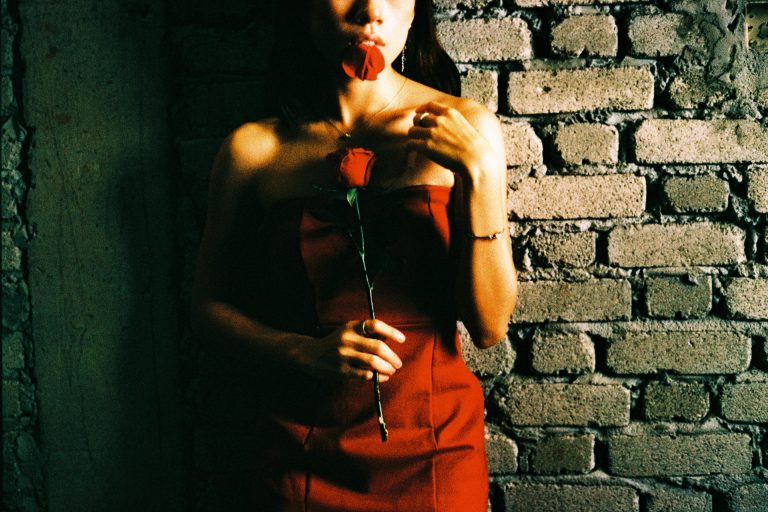
Vision ObscurɅ
Kodak Vision3 250D Inspired Fuji Recipe
Fujifilm X-Trans IV Motion Picture Film Recipe - Version I
Mood: Warm, Modern Classic, Urban, Nostalgia
Obscura sounds like dark magic used by Doctor Strange or a mysterious movie title name but it is actually one of my latest Fujifilm film simulation recipes which are named ‘Vision Obscura‘. This recipe is inspired by the 35mm motion picture film, Kodak Vision3 250D and can be used for streets including travel, cityscapes and street photography. I’m sure you might find a lot of interesting and weird film simulation recipes here on this blog with different tones compared to other sites.
The name Obscura used for this recipe came from the camera obscura, which is a type of camera that uses a hole in the wall to project an image onto a screen. This type of the camera was first invented in the 16th century and has been used for photography ever since. Camera obscura photos are often considered to be some of the best because they capture the true depth and perspective of an image.
What Is Vision Obscura Film Recipe All About?
Vision Obscura is inspired by the Kodak Vision3 250D / Eastman 5207 and uses the Classic Chrome film simulation to simulate the motion picture film stock. Honestly speaking, it is not possible to mimic a film stock with 100% accuracy. This custom film recipe is created and took hours of hard work to fine-tune based on the sample photos. The film recipe uses the custom Kelvin white balance at 6100K which gives a unique tone of its own and blends with a slight blue and green white balance shift. There are no restrictions while using this recipe; you can either shoot underexposed or overexposed while still preserving the recipe’s characteristics. Lighting can vary when you’re in different lighting conditions, so it is best to shoot at the same place for a series of photos.
I get some feedback and requests from Fujifilm shooters who have tried out a few of the Fujifilm SOOC recipes but some might not have the latest film simulations such as the ‘Classic Negative’ or ‘Eterna Bleach Bypass’ on older Fujifilm X Series cameras. So, I’ve decided to create Classic Chrome film simulation recipes instead.
* The Best Way To Shoot With Vision Obscura
It is recommended to shoot during the daytime as if you are travelling, doing street photography in bright sunlight to get the tone out of this film recipe. This film recipe works for Fujifilm X-Trans IV sensor cameras including the X100V, X-T4, X-T30II, X-E4, X-S10, and X-Pro3. For older Fujifilm X-Trans IV sensor cameras such as the X-T30 or the X-T3, you can still try and use this recipe to see what it looks like, although there are some features unavailable on these models.
It is optional to use a diffusion filter to add a more film-look effect and glows to the highlights, you can kickstart with a lower density diffusion filter and see how it will look. This recipe is ideal for shooting under harsh sunlight or shooting light & shadow to obtain a lively colour tone or colour “pop,” based on test shots and feedback from one of my friends, Edmond Leong.
* If you would like to try a more film-look method with this recipe, shoot with lower f-stops (if the light condition allows) for the depth of field and slight bokeh for more blurriness.
Final Thoughts
Listed as one of the best Fuji recipes, this will be the first version of Vision Obscura and there will be different versions of Obscura recipes to be released in the future. Looking for a melancholy portrait and street recipe? You should check out the Carbon Obscura or Hue Obscure to add some mood to your photographs. I guess you will love and enjoy shooting with Vision Obscura. Based on the name itself, you might find it more enjoyable when shooting by looking at the viewfinder. This film recipe is tested with different Fujifilm cameras, thanks to the contributions of a few Fujifilm shooters who are interested to try out the recipe beforehand.
Hopefully, this Vision Obscura can be one of your weekly recipes when you’re out on the weekends for a nice stroll around the city while travelling or shooting street photography.
I would like to thank Alvin Herp from Ho Chi Minh, Vietnam and Edmond Leong from Malaysia has have been contributing the photos and trying out this film recipe. Alvin has submitted a few Vision Obscura sample photos which were shot using the Fujifilm X-100V with Cinebloom 10% density diffusion filter.
Thanks to Edmond Leong from Kuala Lumpur for testing out the recipe and capturing some rare moments with the recipe. Edmond uses his flash technique combined with this recipe to create a unique mood in his photographs.
You can check out their featured sample photos along with individual Instagram links to view more of their photography work below.
Have fun and happy shooting!
Vision Obscura Custom Settings
Film Simulation
Classic Chrome
Highlight
+1
Shadow
+3
Color
+2
Sharpness
-2
Noise Reduction
-4
Grain Effect / Grain Size
Strong / Large
Color Chrome Effect / FX Blue
Strong / Strong
White Balance
6100K, -R2 +B5
Exposure Compensation
-1/3 to +1/3
ISO
Auto ISO 6400
Clarity
0
Dynamic Range
Auto
Featured Sample Photos
EDMOND LEONG, MY
My name is Edmond Leong. I’m a street & documentary photographer, based in Kuala Lumpur, Malaysia.
I specialise in using a composition technique known as layering to create complex street images. Armed with a handheld flash on streets.
My work can be found on Instagram: @edmondstreetz
Fujifilm X100V with Flash
Alvin Herp, VN
SOOC JPEGs sample photos of Vision Obscura by Alvin from Ho Chi Minh, Vietnam
Fujifilm X100V
As Featured on YouTube
by Goughie
Fujifilm X-T4, Fujinon XF35mm F2 R WR
Looking for more Fujifilm SOOC Recipes?
FAQs
What Is So Special About Vision Obscura Recipe?
The Vision Obscura film simulation recipe is a created and fine-tuned to achieve daylight tone of the Kodak Vision3 250D for street photography, cityscapes and urban street photography
Can I Use It For Low Light Shoot?
This recipe is fine-tuned for daylight use and is not meant to not work for night shots, you can use try out some low light film simulation recipes that yield great results.
Do I Need To Use Any Lens Filters?
Yes, it’s optional and you can use a diffusion filter to add the dreamy effects or any of your favorite lens FX filters. It is alright if you don’t use one for this recipe.
Should I Shoot Overexposed or Underexposed?
It is all up to you. The Vision Obscura film recipe will look great when shoot in properly exposed condition, meanwhile you can shoot overexpose or underexpose to get the different results. Feel free explore your creativity.

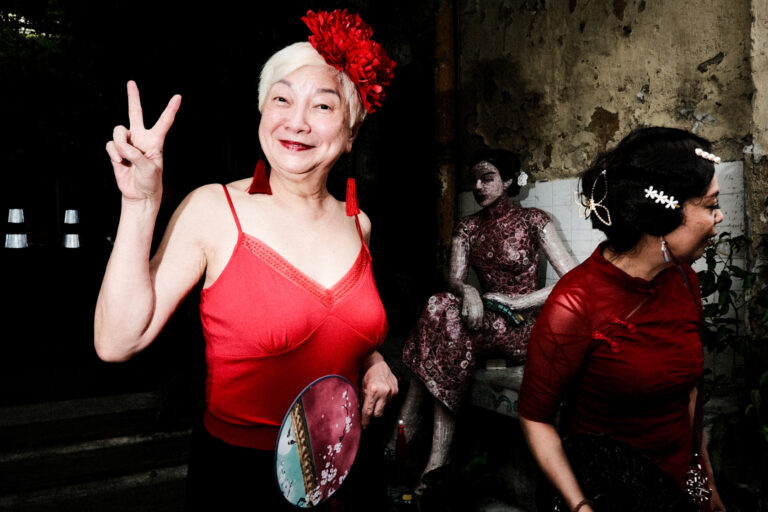
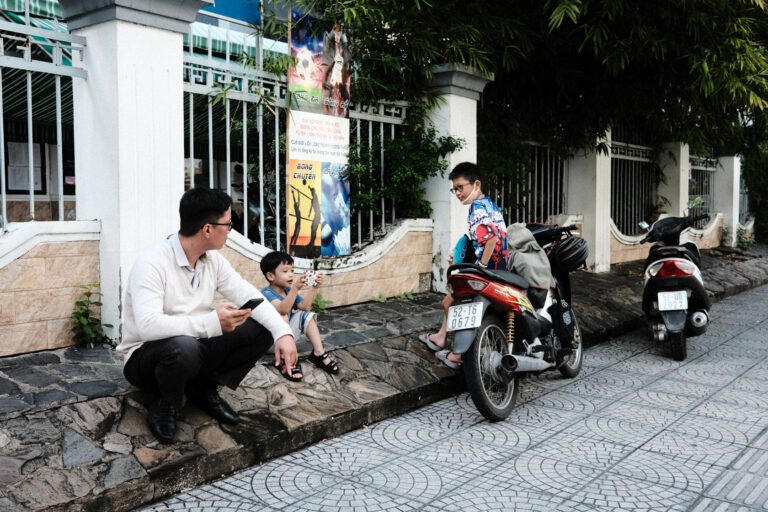
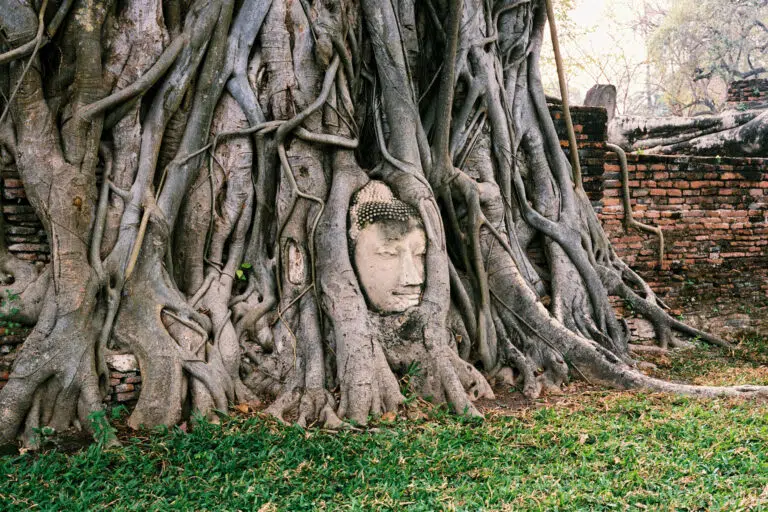
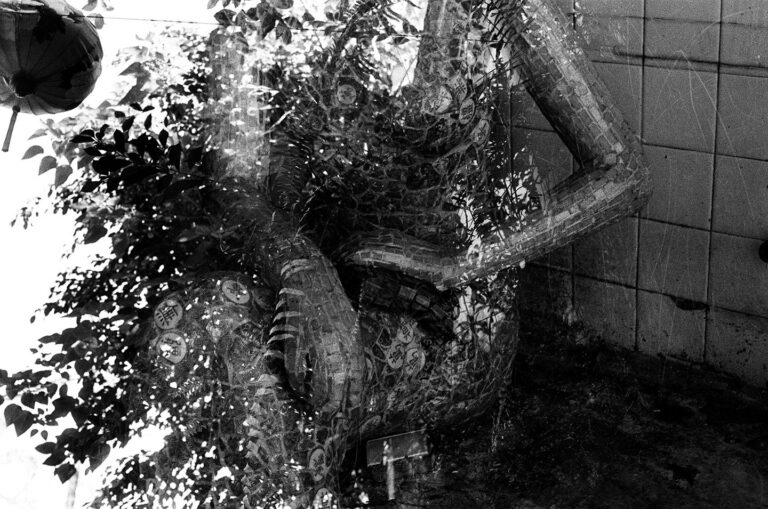
This Post Has 2 Comments
Is there a way I could replicate this with an XT20? Also, do you have a Film Simulation closest to In the Mood For Love with Fuji?
Hi James, you’re still able to use this recipe. However, there will be a slightly reduced shadow, though it may not be very noticeable. Give it a try! And if you are referring to the In the Mood For Teal, currently there no yet available for other film simulations
Best Regards,
Ivan